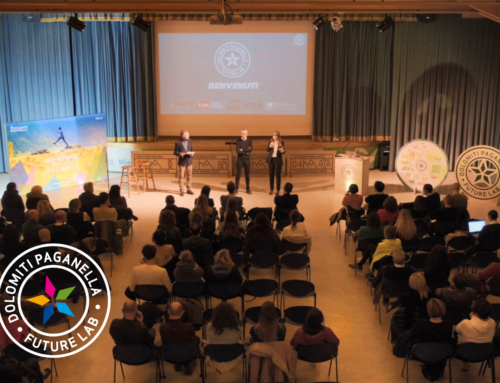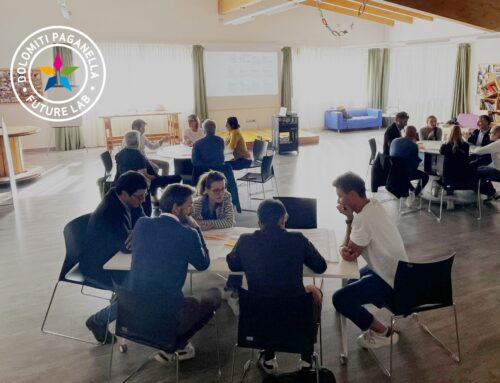“A new management policy for tourist’s flows at Lake Molveno”
This is the title of an important new project recently launched as part of the “Future Lab” initiative.
The project focuses on Lake Molveno and represents an absolute novelty for Trentino and elsewhere.
It is inteded to provide insights for other tourist resorts that need to calculate their carrying capacity from a perspective of sustainability, in other words the maximum numbers of people that can be accommodated in a place at the same time while still ensuring a balance with the natural environment, the quality of life of residents, and the satisfaction of the visitors themselves.
The project is already underway and involves the Dolomiti Paganella Tourism Agency, the Local Council of Molveno, the Trentino Marketing Local Area Agency, and consultants from the “Terra Institute” and “Helios”. It was set up with a very clear purpose: to solve a longstanding problem for Molveno of the enormous influx of people and cars around the lake during specific periods of the summer season, especially at weekends.
The project was recently presented at the Trentino Marketing headquarters in the presence of the councillor for tourism, Roberto Failoni, the mayor of Molveno, Matteo Sartori, the president of the Dolomiti Paganella Tourist Agency, Michele Viola, and the managing director of Trentino Marketing, Maurizio Rossini. It will initiate numerous changes in perspective for a new management of tourist flows, introducing the idea of setting limits, but without the creation of small “museum zones”. The aim is for enhanced quality in balance with the local environment and people.
The initial indications as regards the carrying capacity of Lake Molveno, meaning the maximum number of people (tourists in hotels, day visitors, excursionists) who can visit simultaneously, will arrive after the summer, when there will be rigorous monitoring, especially on the most critical days. A large volume of data will be collected regarding visits to the beach, vehicle traffic flows, and refuse volumes. “The processing of this data,” explains Luca D’Angelo, director of the Dolomiti Paganella Tourism Agency, “will make it possible as early as the summer of 2024 to identify and apply the first measures in the new management policy for tourism at Lake Molveno, at the same time improving the issues of mobility and parking”.
But what exactly is meant by the “carrying capacity” of a tourist resort?
There are various definitions, but for this project the work group adopted that of the United Nations World Tourism Organization (UNWTO), who define it as “The maximum number of people that may visit a tourist destination at the same time, without causing destruction of the physical, economic, socio-cultural environment and an unacceptable decrease in the quality of visitors’ satisfaction”.
Identification of an exact number for the carrying capacity (in other words, the maximum number of visitors) is often impossible to calculate and in practice the best that can be achieved is a range defined on the basis of different parameters.
This calculation will be achieved applying a scientific approach based on the “DPSIR causal framework” (DPSIR standing for drivers, pressures, state, impact, and response model of intervention) adopted by the European Environment Agency for the assessment of environmental issues, including the carrying capacity of specific areas. The calculation will include a minimum space that should be available for each person on the beach at Lake Molveno, which is at least 12 square metres. The project is linked to another initiative underway on the Paganella Alpine Plateau that aspires towards increased “liberation” from cars and is strongly oriented towards the so-called “soft mobility”, which includes bicycles, walkways, and encouraging the use of public transport to travel between the local councils of Andalo, Molveno, Fai, Cavedago, and Spormaggiore.







